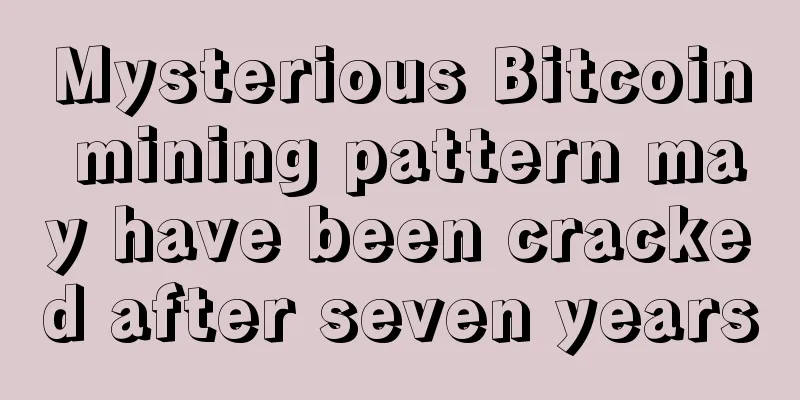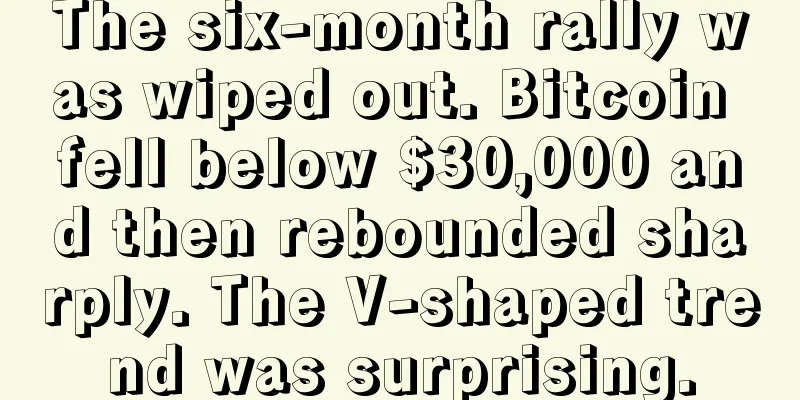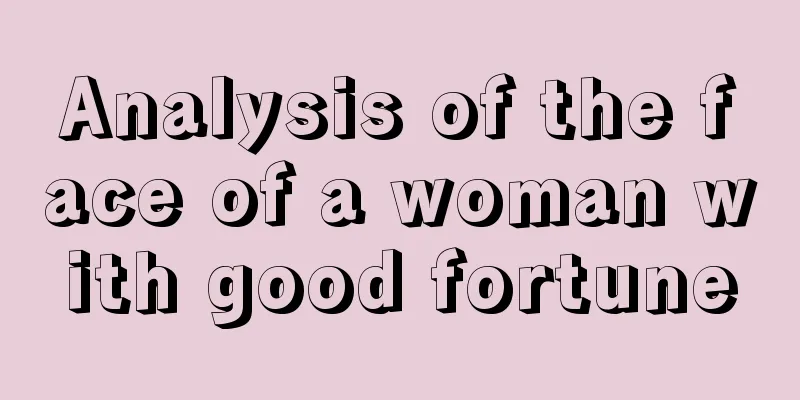Mysterious Bitcoin mining pattern may have been cracked after seven years

|
We may not know who Satoshi Nakamoto is, but at least it’s a mystery we think we can solve. By MICHAEL KAPILKOV Translated by: Zion Editor: Rose Last week, Cointelegraph reported on the latest findings of Sergio Dermain Lerner, who is famous for discovering the so-called “Patoshi Pattern.” His latest research suggests that Satoshi Nakamoto may have used a single personal computer to mine approximately 1.1 million Bitcoins (BTC). However, it seems that something more important is missing in this exciting discovery. If Lerner’s latest findings are accurate, it will end seven years of speculation about the meaning behind this mysterious pattern. Patoshi Pattern Source: Sergio Darmain Lerner’s blog Lerner first wrote about the mysterious Bitcoin mining pattern in March 2013. Some privacy vulnerabilities in the Bitcoin source code allowed him to discover Satoshi's mining idiosyncrasies. The key to the pattern is that Satoshi's mining code increments the ExtraNonce field differently than the default Bitcoin code. A few months ago, Lerner also believed that Satoshi did not mine within the first five minutes of a block. This led to increasing speculation about the meaning behind the pattern. Some believe that Satoshi was intentionally “marking” their Bitcoins. Others say it was a way for Satoshi’s team to divide up their wealth. Some speculate that Satoshi optimized their equipment or code so that they could mine faster than anyone else. Still others believe that the pattern stems from Satoshi using around 50 machines for mining. The latter theory may have given Craig Wright the idea to claim that he used a Bitcoin farm in Australia to mine his Bitcoins. However, the truth seems less exciting, but sounds more plausible. Satoshi was using a multi-threaded computer to mine. (Lerner also suggests to us that Satoshi may have used a "field programmable gate array," which is apparently consistent with Satoshi's "previously invented" GPU mining and would not affect these conclusions.) To avoid redundancy, Satoshi restricted each thread to a unique, non-overlapping random number space. During Bitcoin mining, the random number increases with each failed attempt to solve the hash puzzle. Therefore, this mysterious pattern may not have been created voluntarily, but rather was a side effect of Satoshi's unique mining rig. Lerner agrees with this conclusion, which has the potential to put this theory to rest once and for all. |
<<: Filecoin official: Trusted configuration completed successfully
Recommend
Ukrainian authorities shut down illegal cryptocurrency mining farm with 150 mining machines
According to News bitcoin, Ukrainian Security Ser...
These people with the smiling tiger face are kind-hearted but cruel.
People will feel scared when they hear the word &...
People with pointed heads have good looks and will have many happy friends in life.
There are trees on the mountains and branches on ...
What do nasolabial lines represent? Answer for you
1. What are nasolabial lines? The nasolabial fold...
Is it good for a man to have a mole on his right ear? What is the reason for a mole on the right ear?
The place where each mole appears represents a di...
The upper eyelid of a woman with a mole on her right eyelid represents the house of property.
For women, moles are something they both love and...
Horse eye facial features
Horse eye hard work Characteristics of horse eyes...
Palmistry of the Broken Palm
Palmistry of broken palm, palmistry of broken pal...
What does a mole on the face mean?
Moles are the things we are most familiar with. E...
The most commercially valuable open source blockchain project: Hyperledger (1)
introduction: The open source blockchain project ...
Most popular facial features
Most popular facial features How can we avoid the...
Which job is best for you based on your face shape?
Different face shapes have different personalitie...
Authorities in Venezuela's Carabobo region suspend power supply to registered miners in Venezuela's main industrial state
Authorities in Venezuela's Carabobo region ye...
Bodhisattva's palm is like a "川" character? Is this kind of palmistry good?
The "川" palm is one of the many palm pri...
The best couple in physiognomy
The best couple in physiognomy Some people look a...









